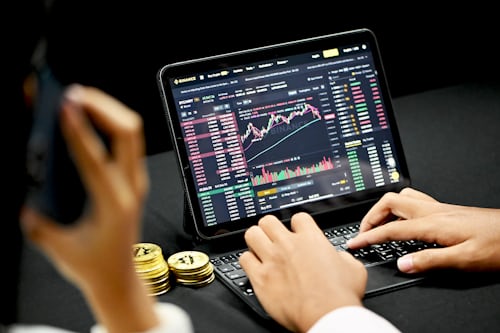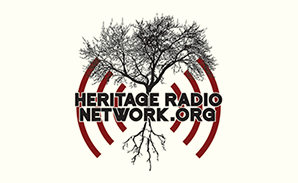Brazil's roller coaster ride: from rising star to financial collapse - since the start of the unrest in 2013, the country has been mired in a crisis with an uncertain outcome.
Since 2010, investors have long pinned bold hopes on South America's largest and most populous country. Brazil survived the global financial crisis relatively unscathed and looked attractive to foreign companies. A population of around 200 million, comparatively healthy public debt and economic upswing made the country, in the view of experts, one of the most important players in the global economy in the future. However, Brazil has been in a serious crisis since 2013, with demonstrations and protests denouncing corruption at the political level. The corruption scandal surrounding Brazil's flagship company Petrobas is unsettling foreign investors. Further developments depend above all on whether the government is prepared to make deep cuts - and a fresh start.
Brazil's rise to emerging market stardom
In 2010, Brazil posted real GDP growth of 7% year-on-year and is highly regarded by experts. The country is seen as a winner of the financial crisis. Record highs on the São Paulo stock exchange and no foreign debt, rising consumption and huge investments - the national debt is only about 60% in 2013. For many, the rise to global economic power seems only a matter of time. There were several reasons for the analysts' high hopes: From 2003 to 2013, Brazil experienced a true economic miracle. The country's middle class nearly doubled, rising from 67 million to 112 million. What made the country attractive at that time was its large domestic market, its good mix of manufacturing industry, service providers and commodity groups, its own raw material deposits and its agricultural potential.
The turning point: The protests of 2013
In June 2013, the first protests take place in São Paulo, initially against the increase in public transport ticket prices. In further demonstrations, activists denounce the massive spending on the 2014 World Cup and the 2016 Olympics. Instead, they are calling for investment in education and health and the fight against corruption.
The crisis: Structural difficulties
The slump in economic growth after 2013 is not surprising in the view of economists and traders in exness personal area: Among other things, the low increase in productivity compared to other countries is responsible. Prosperity has grown on a weak foundation that could collapse and trigger a chain reaction. Added to this are the drastically lower prices for Brazilian raw materials such as iron ore or soy. Moreover, under pressure from the Rousseff government, the central bank's interest rate level was very low for years - this was intended to boost consumption, but at the same time fueled inflation. In July 2015, this reached 9.56% compared to the same month of the previous year - the highest value in 12 years. In order to counteract this, the key interest rate was raised to 14.25% at the beginning of 2016. As a result, loans for companies are becoming more and more expensive, and major investments are therefore often not made. This further weakens the economy. These circumstances and the government's additional austerity measures to finance major sporting events have hit the new middle class hard in recent years. Average income fell by 16% in three years, while GDP declined in 2015 and 2016 and unemployment increased. Public debt climbed to over 70% of GDP in 2016, prompting credit downgrades by rating agencies. Higher interest rates, lower wages and a decline in investment - decisive action by the government is needed to survive the country's most severe crisis.

























